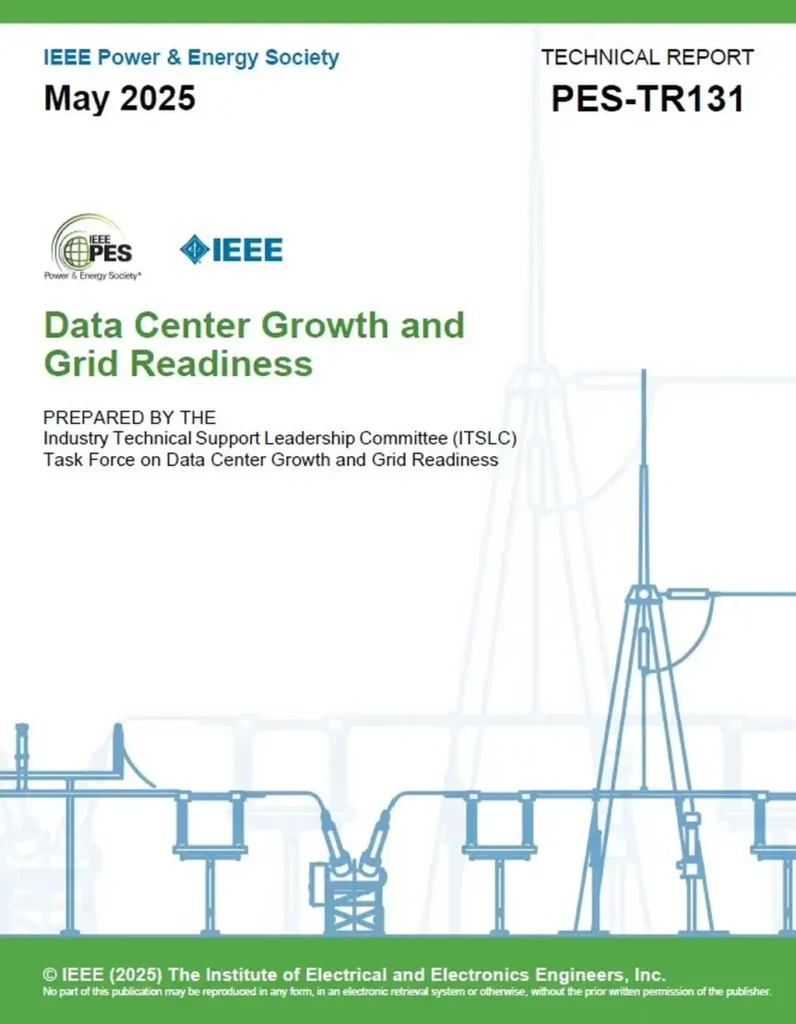In the quest to harness wind energy more efficiently, researchers have developed a novel strategy to tackle a persistent challenge: broadband oscillation in direct-drive wind turbines connected to weak power grids. This breakthrough, published in *Power Engineering and Technology*, could significantly enhance the stability and performance of wind energy systems, with substantial commercial implications for the energy sector.
At the heart of this research is Xintong Yu, a scientist from the School of Electrical Engineering at Xinjiang University in Urumqi, China. Yu and his team have proposed an improved active disturbance rejection controller (ADRC) strategy designed to suppress broadband oscillations that often plague direct-drive wind turbines when they are connected to weak grids. These oscillations can lead to inefficiencies and potential damage to equipment, posing a significant hurdle for wind energy integration.
“The problem of broadband oscillation is a critical issue for the stable operation of direct-drive wind turbines,” Yu explained. “Our improved ADRC strategy addresses this by enhancing system stability and response speed, which is crucial for the reliable integration of wind energy into the grid.”
The team’s approach involves establishing a model of the direct-drive wind turbine connected to the grid and analyzing the mechanisms behind broadband oscillation. By designing the ADRC within the grid-side converter, they developed a multi-objective optimization function that considers both the frequency error of grid access and the system’s adjustment time. This optimization function is key to fine-tuning the ADRC parameters, ensuring rapid, accurate, and rational design.
“Traditional methods of parameter tuning often fall short in addressing the complexities of broadband oscillation,” Yu noted. “Our multi-objective optimization function, combined with global search and optimization methods, provides a more effective solution.”
To validate their approach, the researchers conducted simulations using MATLAB/Simulink. The results were promising: the improved ADRC strategy reduced overshoot, adjustment time, and harmonic content of the grid-connected current compared to traditional bandwidth methods. This translates to better dynamic response characteristics, noise immunity, and overall grid-connected current quality for direct-drive turbine systems.
The implications of this research are far-reaching. As the energy sector increasingly turns to renewable sources like wind power, the need for stable and efficient grid integration becomes ever more critical. Yu’s work offers a potential solution to one of the key challenges in this transition, paving the way for more reliable and efficient wind energy systems.
“This research is a significant step forward in addressing the technical challenges of integrating wind energy into weak grids,” Yu said. “It has the potential to enhance the performance and reliability of wind turbines, making them a more viable and attractive option for energy providers.”
As the energy sector continues to evolve, innovations like Yu’s improved ADRC strategy will play a crucial role in shaping the future of renewable energy integration. By addressing the complexities of broadband oscillation, this research not only advances the field of wind energy but also contributes to the broader goal of a more sustainable and resilient energy infrastructure.

